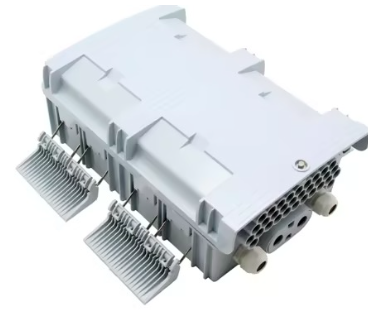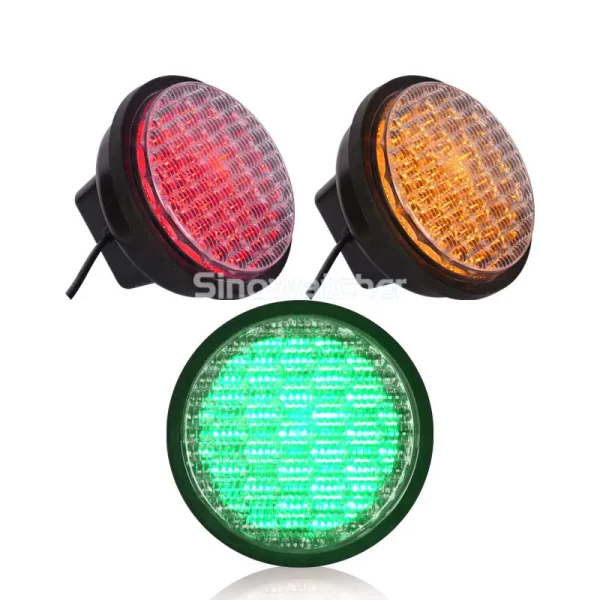目录
Fiber Access Terminals play a crucial role in deploying Fiber-to-the-Home networks, acting as the essential connection point between a service provider’s backbone network and the user’s premises. These terminals enable efficient transmission of optical signals, delivering high-speed internet, IPTV, and data services with minimal loss. Fiber access terminals are vital for reducing signal degradation, enhancing network stability, and supporting future network growth. This article explores the structure, purpose, and applications of fiber access terminals, emphasizing their importance in modern telecommunication systems.
1. Understanding Fiber Access Terminals
A Fiber Access Terminal is an enclosure designed to store optical fiber splices, splitters, and distribution components within an FTTH network. It serves as the interface where the main optical fiber connects to drop cables that reach individual subscribers. These terminals are built to protect fragile fibers, maintain organized cabling, and minimize signal loss. Many fiber access terminals feature modular components, enabling technicians to upgrade or expand the network without major disruptions.
Core Functions of Fiber Access Terminals:
- Signal Distribution: Directs optical signals from the main network to several end users efficiently.
- Splicing and Termination: Facilitates joining fibers and terminating drop cables while ensuring high-quality connectivity.
- Environmental Protection: Safeguards delicate optical components from dust, moisture, and mechanical damage.
- Cable Management:Provides structured fiber storage to reduce the chance of accidental damage and simplify maintenance.
- Network Expansion:Supports adding new subscribers or network upgrades with minimal infrastructure changes.
2. Types of Fiber Access Terminals
(1) Wall-Mounted FTTH Fiber Access Terminals
These terminals are placed on walls, typically inside buildings, to connect the external fiber network to internal cabling. Compact and easily accessible, they suit areas with limited space and can support up to 32 FTTH subscriber connections.
Key Features:
- Fully enclosed design for protection.
- Made of PC+ABS material, offering water, dust, and aging resistance; protection level up to IP65/66.
- Integrated fiber splicing, distribution, and cable fixation paths.
- Flippable distribution panel and accessible feeder cable port for maintenance.
- Flexible installation: wall-mounted or pole-mounted, for indoor or outdoor use.
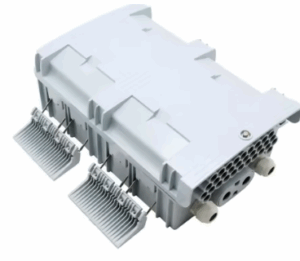
(2) Rugged Fiber Access Terminals
Designed for higher durability, rugged FATs can support 24 subscribers and 96 splicing points.
Key Features:
- Waterproof design with IP68 rating.
- Integrated flap-up splice trays.
- Impact resistance IK10, pull force up to 100N.
- Plug-and-play installation; flexible for network expansion.
- Fiber bend radius controlled above 40mm; wall or pole installation options.
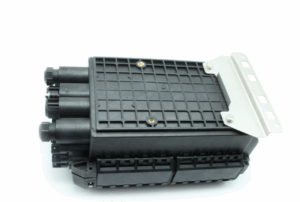
(3) Indoor/Outdoor Fiber Access Terminals
These terminals allow fiber splicing, splitting, and distribution while providing strong protection for the network. Each unit can accommodate up to 16 subscriber access points.
Key Features:
- Fully enclosed, made of PC+ABS material with IP65/66 protection.
- Flippable distribution panel and convenient feeder cable ports.
- Box can be installed by the way of wall-mounted or poled-mounted, suitable for both indoor and outdoor use.
- Distribution panel can be flipped up, feeder cable can be placed by expression port,easy for maintenance and installation.
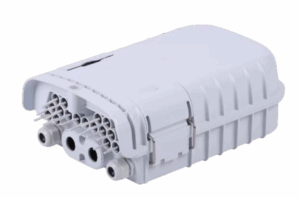
3. Protection Ratings
To ensure reliability, fiber access terminals are rated for environmental protection:
|
Rating |
Protection Level |
| IP65 |
Dust-tight and resistant to water jets |
| IP68 |
Dust-tight and resistant to continuous water immersion |
These ratings indicate the terminal’s ability to withstand environmental elements, ensuring uninterrupted service. Additionally, FATs often include internal cable management features such as splice trays, bend radius control, and clear labeling to prevent fiber damage during installation and maintenance.
4. Applications of Fiber Access Terminals
- Residential Connectivity
In urban and suburban areas, FATs provide high-speed internet, television, and telephone services to homes, enhancing connectivity and enabling smart home technologies. A typical fiber access terminal serving a residential neighborhood may handle 48–96 drop connections, supporting both current demand and potential future upgrades.
- Business Solutions
For businesses, FATs offer reliable and scalable solutions for data transmission, supporting cloud services, video conferencing, and other bandwidth-intensive applications. Multi-core fiber terminals enable easy segregation of network lines for different departments or tenants in commercial buildings.
- Rural Deployment
In rural areas, aerial and pole-mounted FATs extend fiber connectivity, bridging the digital divide and promoting economic development. They reduce the cost of infrastructure by minimizing underground digging, and their modular design allows expansion as new homes and businesses connect to the network.
5. Future Trends in Fiber Access Terminals
- Integration with 5G Networks
As 5G networks roll out, FATs will play a crucial role in connecting small cells and edge computing nodes, facilitating high-speed wireless communication. High-density terminals with up to 288 cores may be required to support urban 5G backhaul needs.
- Smart Terminals
The future may see the development of smart FATs equipped with sensors for real-time monitoring, predictive maintenance, and automated fault detection. These advancements will help service providers reduce downtime and improve operational efficiency.
- Environmental Sustainability
Manufacturers are focusing on eco-friendly materials and energy-efficient designs to reduce the environmental impact of fiber access terminals. Recyclable plastics and low-energy manufacturing processes are becoming standard in new FAT models.
6. Conclusion
Fiber Access Terminals are indispensable components in the modern telecommunications landscape, enabling the efficient and reliable delivery of fiber-optic services to end-users. Their design, functionality, and applications are pivotal in supporting the growing demand for high-speed internet, data services, and future network expansions. As technology advances, fiber access terminals will continue to evolve, providing more intelligent, durable, and scalable solutions to meet the connectivity challenges of tomorrow.
0